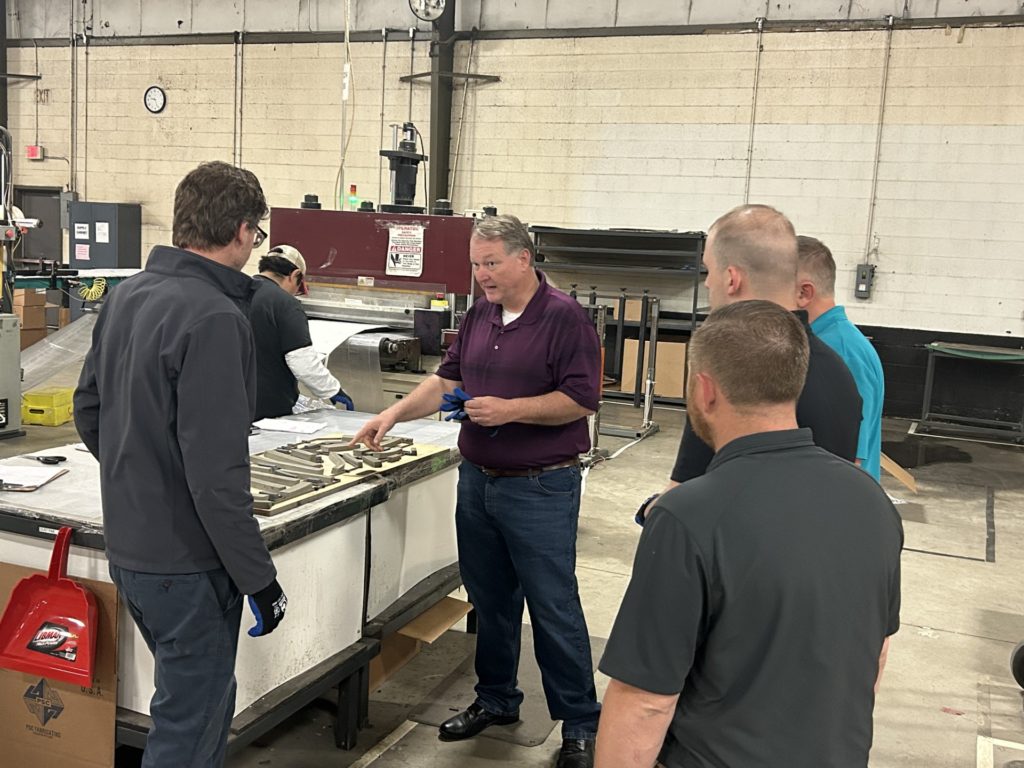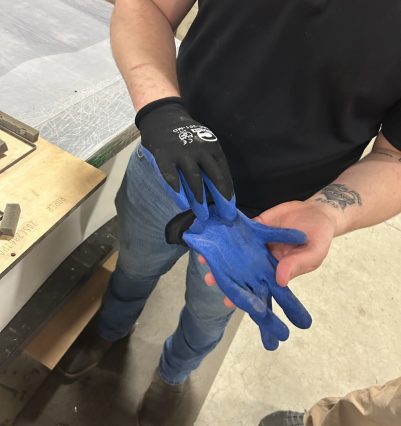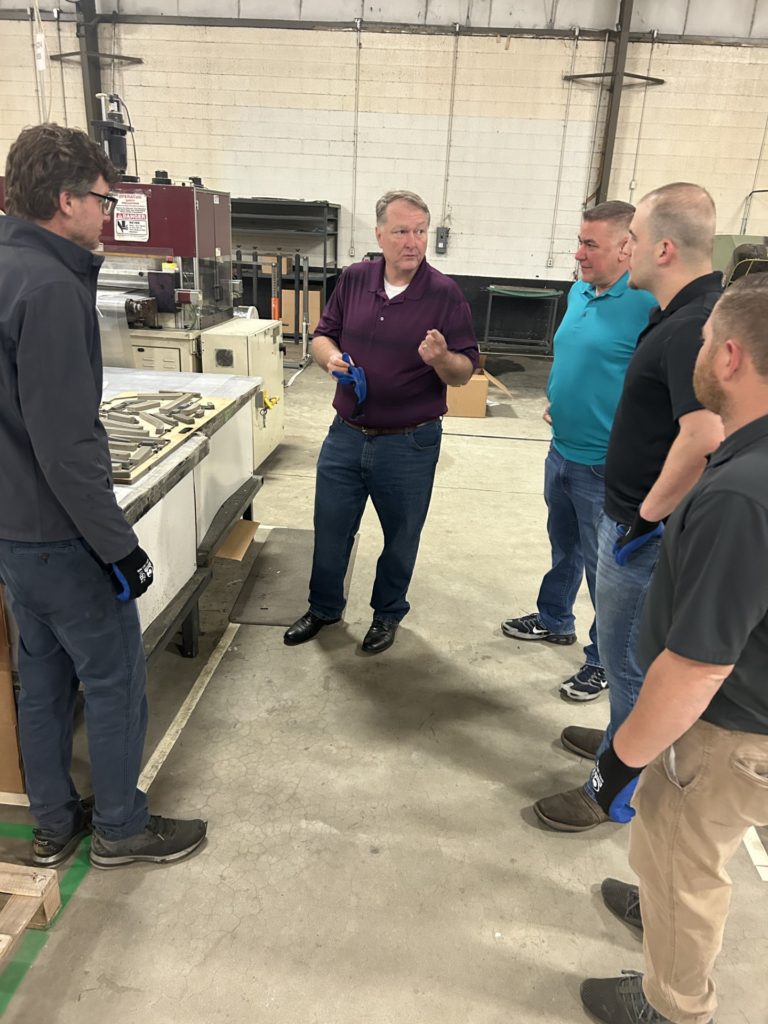Personal Protective Equipment – Avoiding Lacerations and Cuts
By: Jerry Binkley
A Personal Protective Equipment (PPE) is clothing or equipment designed to reduce employee exposure to chemical and physical hazards.
The 4 Basic Types of PPE
• Face and Eye Protection: includes safety glasses, goggles and face shields and should be used for tasks that could cause eye damage or loss of vision.
• Skin and Body Protection: Hand Protection includes safety gloves and should be used for tasks that can cause hand and skin burns, absorption of harmful substances or cuts.
• Fall Protection; includes safety harnesses and lanyards. This equipment is used to protect employees while working at height.
• Hearing Protection: includes earmuffs or ear plugs. This type of PPE should be used for tasks that produce high levels of noise.

PSC’s most common types of injuries are lacerations and cuts.
At one of PSC’s sites; an employee experienced a significant laceration to the hand.
Employee was operating a Vertical Saw, and contacted the band saw blade
between the middle and ring finger. This deep tissue injury required several stitches
and physical therapy for several months.

Knives can be very dangerous if not used properly.
Below are safe handling guidelines for utility knives:
1) Inspect your PPE prior to use.
2) Focus – eyes on task.
3) Keep the blade retracted when Not in Use.
4) Keep your body away from the cutting line.
5) Work on a stable surface.
6) Check the condition of the blade and handle.
7) Use the utility knife for its intended purpose.

Here we see President Travis Thomas holding a safety meeting in Columbia discussing PPE – Inspecting gloves and safety requirements of handling dies.
Safety Equipment Requirements
1. Eye and Face Protection:
- OSHA approved safety glasses with side shields are needed if there is a possibility of exposure to flying particles.
- Chemical goggles are required if there is a possibility of exposure to splash of chemical irritants or corrosives.
- Appropriate eye protection must be worn if performing any work that generated hazardous light energy (welding or torch cutting).
2. Foot Protection:
- Closed toe shoes with slip resistant soles are required in the plant. No sandals or high heels are permitted.
3. Hand Protection:
- Employees will be provided with, and will be required to wear, appropriate hand protection when exposed to occupational hazards.
- Leather gloves are available when handling pallets.
- Rubber/chemical gloves may be used to protect against chemical exposures.
4. Hearing Protection: is not required, OPTIONAL ONLY.
- Hearing protection is recommended in certain high noise operations like grinding or in some cases operating a water jet.
Key Take Aways
• Personal protective equipment does not eliminate a hazard – PPE acts as a protective barrier for the user
• PPE wears differently depending on the frequency of use and the nature of the hazard.
• Inspect and maintain your PPE.
• Use the right PPE for the job.
• If unsure – ask

